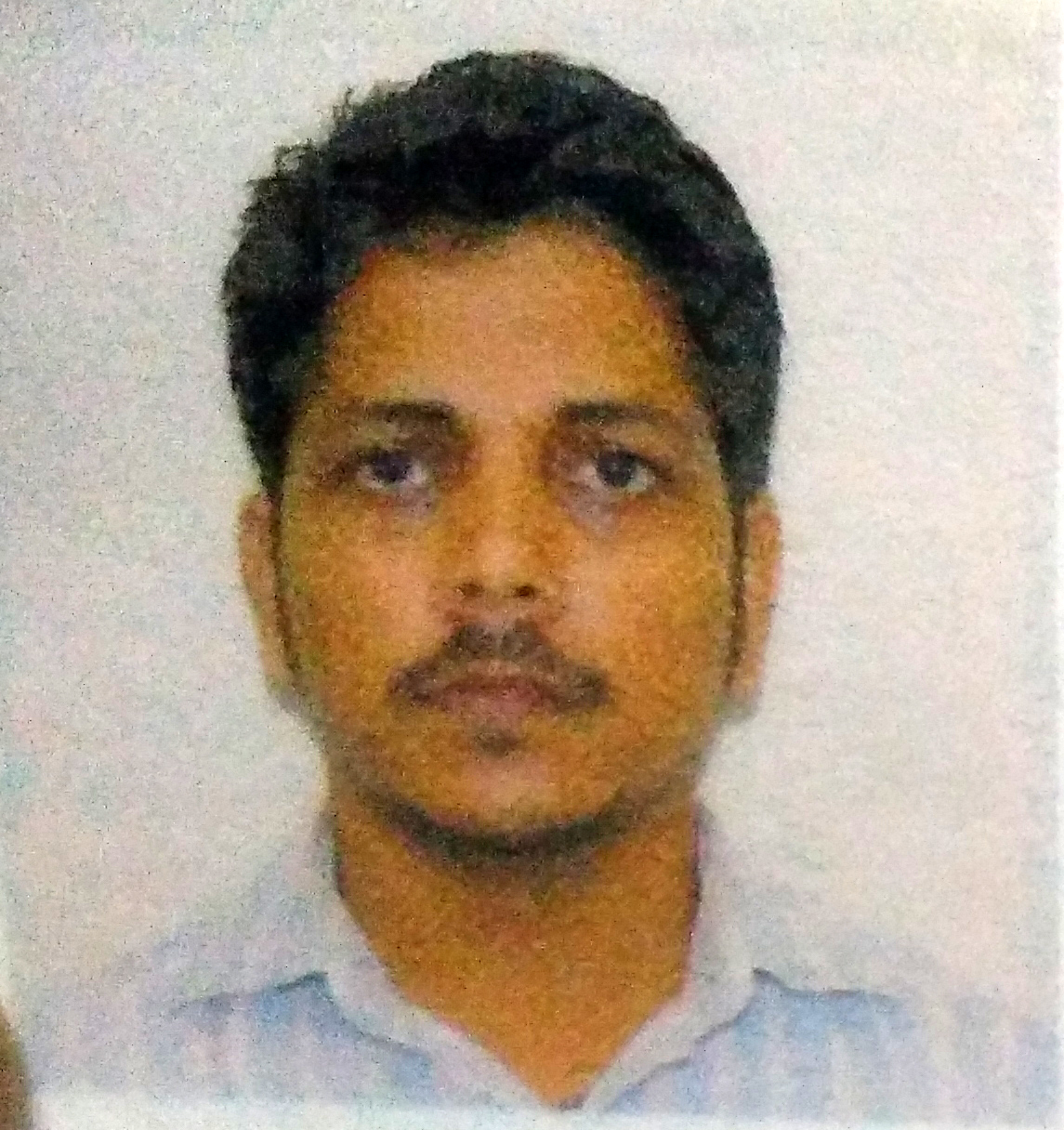WestCoast Group, one of India’s largest aquaculture companies, has its sights set on growing both within India and throughout neighboring countries, with the help of a strategy built around tilapia and a newly announced partnership with Norway-based aquaculture technology firm AKVA Group.
Mumbai-based WestCoast built itself up based on expertise in frozen prawns, sold under the Cambay Tiger brand. The company now sells an estimated eight million kilograms of prawns a year. has more than 500 employees and a sales footprint reaching through the United States, Europe, and the Middle East.
WestCoast Board Director Rahul Kulkarni announced the AKVA partnership at Norway’s Aqua Nor conference in October. As part of the agreement, WestCoast will use AKVA technology to increase its own yields, and will also market AKVA aquaculture products to smaller-scale farmers in India.
“We are quite excited to announce that we are entering into this partnership with the world’s leading aquaculture technology company, AKVA Group. Norway and salmon are, of course, very different from India, but we see great opportunities to adapt many products and solutions to our local needs of developing countries, across species,” Kulkarni said. “In time, India will also develop its offshore marine farming, using the Norwegian model with large scale cages and feed barges, and this is also very much in our plans in India, sooner than later.”
The highlight of the deal, Kulkarni said, is WestCoast’s use and marketing of AKVA’s new MC-250 modular cage, which was specially designed for tilapia farming in lakes, rivers, and sheltered marine sites – all popular sites for aquaculture development in India.
“Unlike the conventional metal cages, which take weeks for installation, MC-250 modular cage is user-friendly, as any farmer can conveniently install and dismantle in a water body in a few hours. Also, [the] cages do not corrode, are more environmentally sustainable, and more productive with minimal maintenance,” Kulkarni said.
The new cage brackets will be manufactured by AKVA in Norway and will then be imported to India, which will then be localized and marketed in India by WestCoast, Kulkarni said. The dissemination of AKVA technology is beginning with WestCoast’s own farms – the firm has set up 250 AKVA-designed cages at the Varasgaon and Panshet reservoirs near Pune and has plans to produce 10,000 tons of tilapia from these two locations in the next 12 to 18 months.
"With this partnership with AKVA Group, our objective is to mechanize and improve fish and shrimp farm facilities across India and around the developing world,” Kulkarni said. “The local assembly suitable for Indian conditions will bring down the costs by more than 50 percent and make it affordable to Indian farmers. The innovation will help Indian farmers to be globally competitive and ensure quality produce meeting sustainability standards.”
AKVA Group Senior Vice President Trond Severinsen said the partnership with WestCoast opens up broad and potentially lucrative opportunities for his company in Asia.
“Although most of our business has been, and still is, in the salmon industry, our technology has been exported to more than 65 countries and for a wide variety of species for many decades. In order to meet the needs of aquaculture in India and around [Asia], we are both adapting existing products and inventing brand new ones,” Severinsen said. “We also see there is a good potential to mechanize the feeding processes in India’s shrimp-farming sector, using our well-known Akvasmart Central Feed Systems. Such innovation will help reduce production costs and improve growth and farming performance for farmers in India, as it has for salmon and finfish in other markets.”
Other products AKVA plans on introducint in Asia include automatic shrimp harvesters, automatic seed- (shrimp larvae) counting machines, and auto-feeders.
Both AKVA and WestCoast are depending on India’s central government to support the country’s aquaculture sector. India’s current five-year National Fisheries Action Plan, which runs through 2020, has defined goals for enhancing fish production and productivity. Those goals are outlined in the country’s concept of a “blue revolution,” which aims to maximize India’s fisheries resources available, from ponds to tanks, wetlands, brackish water, cold-water lakes and reservoirs, rivers and canals, and the marine sector.
WestCoast’s Kulkarni estimates India has the potential to tap 4.5 million hectares of freshwater resources for fish production, and his company believes that the government will continue its strong push to increase fish production, given evidence that more state governments are leasing out their water bodies for aquaculture and the fact that the National Bank for Agriculture and Rural Development offers easy access to credit for companies wishing to set up fish farms, according to Fortune India. So far, what limited fish farming that exists in India been limited to Tamil Nadu and Andhra Pradesh, the magazine reported, but WestCoast has set its sight on expanding fish aquaculture in India’s western states.
“Encouragement of inland aquaculture helps to limit the over-exploitation and dependence on seas and oceans for food. Aquaculture also helps in managing protein deficiency of the nation by increasing fish production and making it more accessible and affordable to the masses,” Kulkarni said.
Kulkarni said India has set a target of 150 million tons of fish production by the 2019-20 financial year, up from 107 million tons produced during 2015-16.
“And by utilizing their products and technologies, this partnership [with AKVA] will help us achieve a major share in fish production,” he said.






